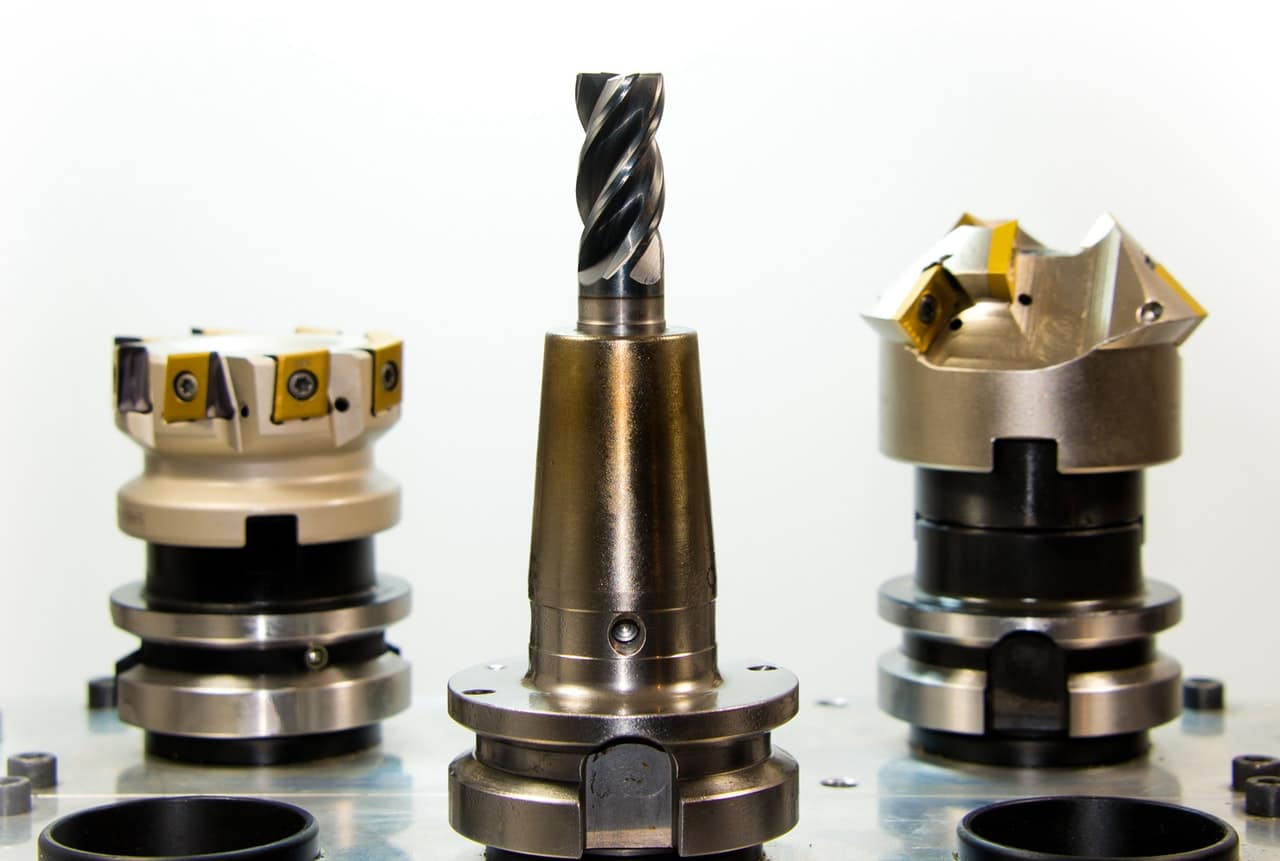From fused deposition modeling to PolyJet to powder bed fusion, the 3D printing landscape is dizzyingly complex. Indeed, it’s all but impenetrable for uninitiated non-engineers.
That doesn’t mean 3D printing, also known as additive manufacturing, doesn’t have impressive profit potential for non-technical small-business owners. If you’re willing to put in the time to understand how they work, these five easy-to-understand applications for additive manufacturing could well upend your business model for the better.
IMAGE: PEXELS
1. Rapid Prototyping
Need a realistic, functional, proportional prototype fast? Additive manufacturing may be your answer. 3D-printed prototypes cut out the prototyping middleman, shortening reducing product development costs, shortening your R&D cycle, and accelerating your time-to-market. Every day saved on development is a day closer to positive cash flow.
2. Low-Volume Production Runs
Someday, probably sooner than you think, out-of-the-box 3D printers will be fully capable of producing dozens of finished products per hour. The modern assembly line will be obsolete, at least as we know it.
That day hasn’t yet arrived. But additive manufacturing is already making waves at the low-volume end of the production spectrum. If your company specializes in bespoke or highly engineered products or emphasizes quality over quantity for any other reason, additive manufacturing is likely faster, cheaper, and less cumbersome than legacy processes.
3. Value-Add Products
Additive manufacturing shines in the value-add sun, too. Neither subtractive processes nor injection molding support rapid turnaround for highly customized products. Why plow your resources into dozens or hundreds of customized molds when you can switch out a custom CAD file with a few clicks?
4. Customized Marketing Collateral
You can keep some of your additive manufacturing setup’s firepower for your company’s own purposes, you know. If you’re trying to build your reputation for 3D printing know-how anyway, walk the walk with customized marketing collateral that’s 100% additively manufactured. From toy trucks emblazoned with your corporate logo to three-dimensional business cards to gag items like layered coffee cups, the only limit on your creativity is your imagination.
5. Contract Manufacturing
If you’re willing to devote the manpower and equipment to make it work, this can be a serious moneymaker. Additive manufacturing equipment isn’t cheap, after all, so it’s in your best interest to maximize your production room’s uptime. Turn up a contract manufacturing website to showcase the full range of products you’re able to produce in-house. Pad your margins with value-add services like prototyping, design consulting, and order fulfillment.
FDM FTW
Don’t like the look of the additive manufacturing landscape? Wait five minutes and look again.
Things are changing rapidly out here, and it’s all small-businesses can do to keep up. If you’re feeling overwhelmed by the range of potential 3D printing applications, take a step back and remember that you’re better served by doing one or two things really well than by trying and failing to be a jack of all trades. By all means, move on to the next application after mastering what’s in front of you. Just don’t get over your skis.
If you are interested in even more app-related articles and information from us here at Bit Rebels then we have a lot to choose from.


COMMENTS